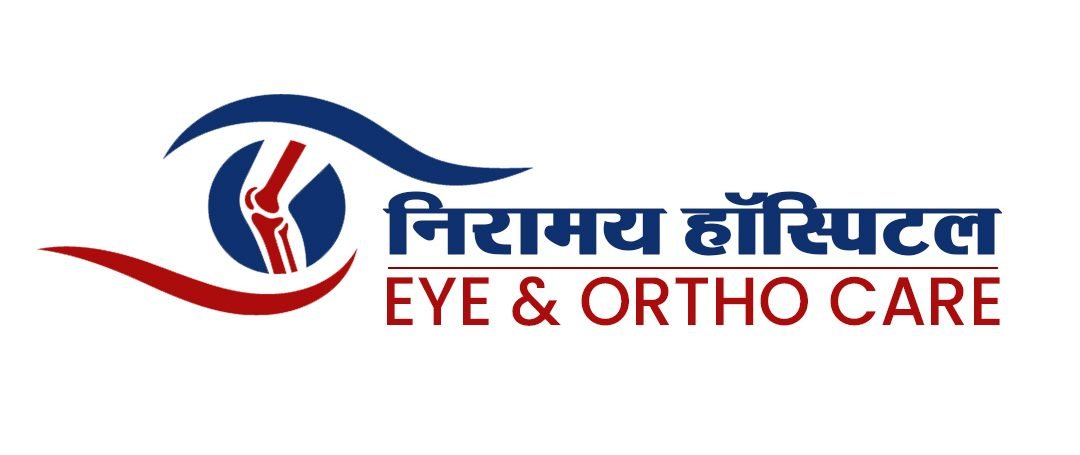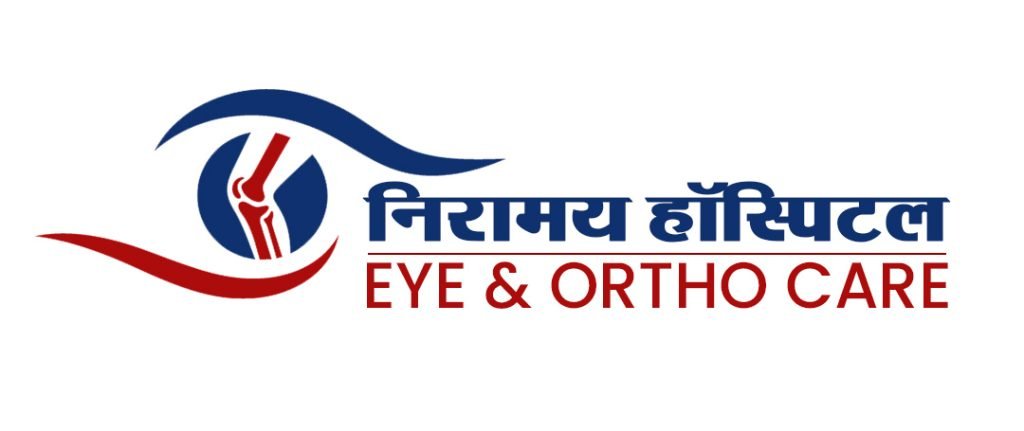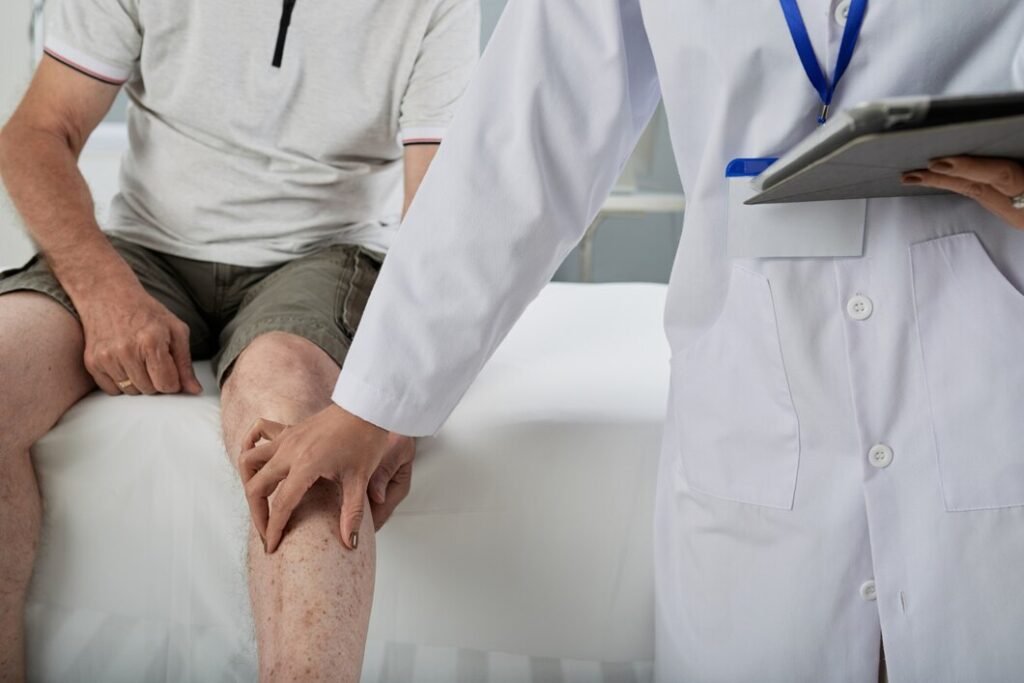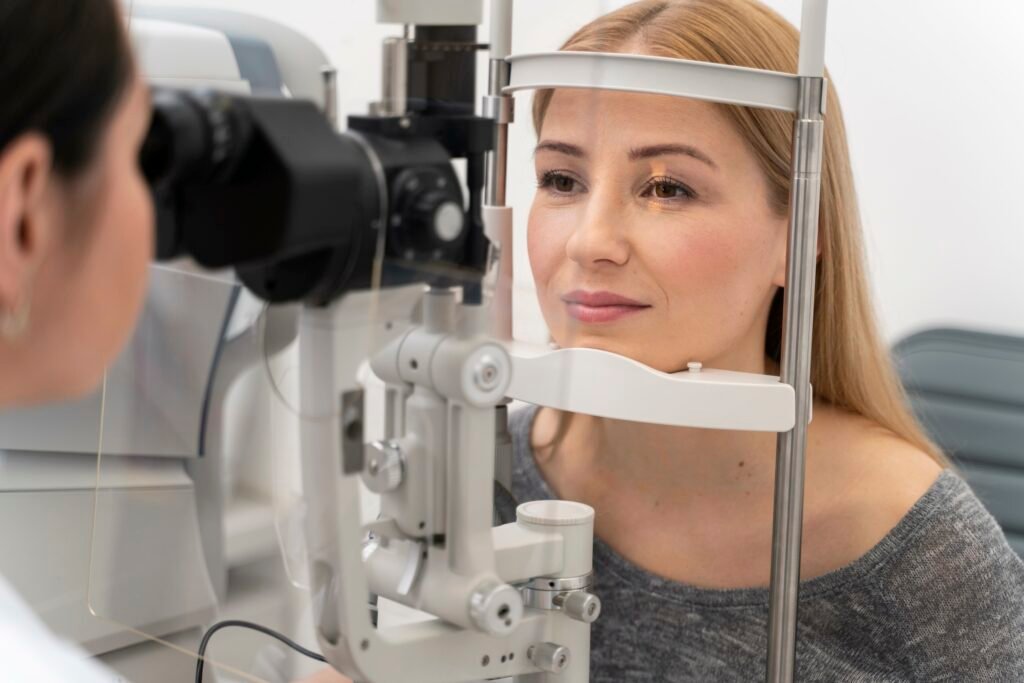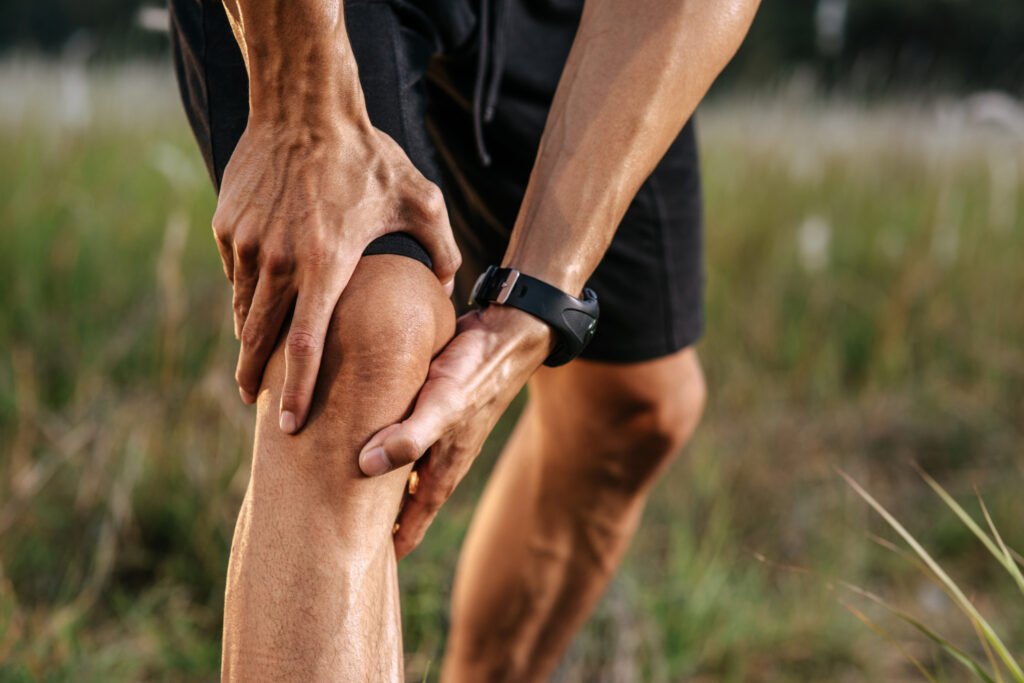Knee pain can make everyday activities—like walking, climbing stairs, or even standing—feel overwhelming. One of the most common causes of knee pain in adults is osteoarthritis, a degenerative joint condition that worsens over time if left untreated. If you’re searching for Knee osteoarthritis Treatment, it’s important to first recognize the early warning signs and symptoms.
In this blog, we’ll walk you through the key symptoms of knee osteoarthritis, when to consult the top orthopedic doctor in Kota, and how the best orthopedic hospital in Kota like Jain Orthovision can help you manage your condition effectively. By the end, you’ll know exactly what to look out for and what steps to take toward recovery.
Understanding Knee Osteoarthritis
Osteoarthritis (OA) is a joint disease that causes the cartilage—the cushion between your bones—to gradually wear down. In the knee, this leads to pain, stiffness, and reduced mobility. Over time, the bones may rub against each other, causing swelling and discomfort.
Knee osteoarthritis is especially common in people over 45, but younger individuals with injuries, obesity, or genetic factors can also develop it. Early detection and the right Knee osteoarthritis Treatment plan are key to slowing its progression.
Common Symptoms of Knee Osteoarthritis
1. Persistent Knee Pain
The most common and noticeable symptom is pain in the knee joint. This pain often worsens after physical activity or long periods of standing.
- Pain may feel dull and aching.
- It can flare up during cold or rainy weather.
- Some patients also experience sharp pain with sudden movements.
If you notice pain that doesn’t go away with rest, it’s time to consult an orthopedic doctor near me for a proper evaluation.
2. Stiffness, Especially in the Morning
Another classic sign of osteoarthritis is stiffness in the knee, particularly:
- After waking up in the morning.
- After sitting for long hours.
- After resting in one position for too long.
This stiffness usually eases with gentle movement, but if it persists, professional Knee osteoarthritis Treatment may be required.
3. Swelling and Inflammation
The knee joint may appear swollen or feel warm to the touch due to inflammation. Fluid buildup, known as “effusion,” is common in osteoarthritis patients. Repeated swelling indicates that the cartilage is wearing down and needs medical attention.
4. Limited Range of Motion
Osteoarthritis often makes bending, stretching, or fully straightening the knee difficult. Over time, this reduced flexibility can affect daily tasks like squatting, climbing stairs, or even walking short distances.
5. Grinding or Popping Sounds
Many people with osteoarthritis notice a crackling or grinding sound (crepitus) when moving their knees. This occurs when rough bone surfaces rub against each other due to worn-out cartilage.
6. Weakness or Instability
Osteoarthritis can make your knee feel unstable, as though it may “give way” when walking or standing. This is due to weakened muscles around the knee and joint damage. Such instability increases the risk of falls and further injury.
Risk Factors of Knee Osteoarthritis
Understanding what increases your risk can help in prevention and early detection. Common risk factors include:
- Age: Most cases occur after 45 years.
- Obesity: Extra weight puts more stress on knee joints.
- Previous injuries: Sports or accident-related injuries.
- Genetics: Family history of osteoarthritis.
- Overuse: Jobs or activities involving repetitive knee stress.
When to See an Orthopedic Doctor in Kota
If knee pain and stiffness are affecting your daily routine, don’t wait until it worsens. Consulting the top orthopedic doctor in Kota at an early stage ensures timely diagnosis and effective Knee osteoarthritis Treatment.
At Jain Orthovision, the best orthopedic hospital in Kota, specialists use advanced diagnostic methods like X-rays, MRIs, and physical exams to confirm osteoarthritis and design a personalized treatment plan.
Effective Knee Osteoarthritis Treatment Options
1. Lifestyle Modifications
- Weight management: Reduces pressure on the knees.
- Low-impact exercises: Swimming, cycling, and walking.
- Healthy diet: Include calcium and vitamin D for joint health.
2. Medications
Doctors may prescribe:
- Pain relievers (paracetamol).
- Non-steroidal anti-inflammatory drugs (NSAIDs).
- Corticosteroid injections for severe inflammation.
3. Physical Therapy
Exercises that strengthen knee muscles and improve flexibility are vital for slowing disease progression.
4. Surgical Options
If non-surgical treatments don’t provide relief, surgery may be recommended:
- Arthroscopy: To clean damaged cartilage.
- Osteotomy: To realign bones.
- Knee replacement surgery: For advanced cases.
At Jain Orthovision, the top orthopedic doctor in Kota provides world-class surgical care with faster recovery outcomes.
FAQs About Knee Osteoarthritis
1. What are the early symptoms of knee osteoarthritis?
Mild pain, stiffness after rest, and occasional swelling are the earliest signs.
2. Can knee osteoarthritis be completely cured?
There is no permanent cure, but proper Knee osteoarthritis Treatment can manage symptoms and slow down progression.
3. When should I visit an orthopedic doctor near me for knee pain?
If pain persists for more than a few weeks or interferes with your daily activities, it’s best to consult an orthopedic specialist.
Conclusion
Knee osteoarthritis is a progressive condition, but recognizing the symptoms early can help you manage it effectively. Persistent pain, stiffness, swelling, and reduced mobility are signals that you shouldn’t ignore.
If you are experiencing these symptoms, consult the top orthopedic doctor in Kota at Jain Orthovision, the best orthopedic hospital in Kota, for personalized Knee osteoarthritis Treatment. Don’t let joint pain control your life—take the first step toward healthy, pain-free movement today.
Book your consultation with Jain Orthovision now and start your journey to stronger, healthier knees!
